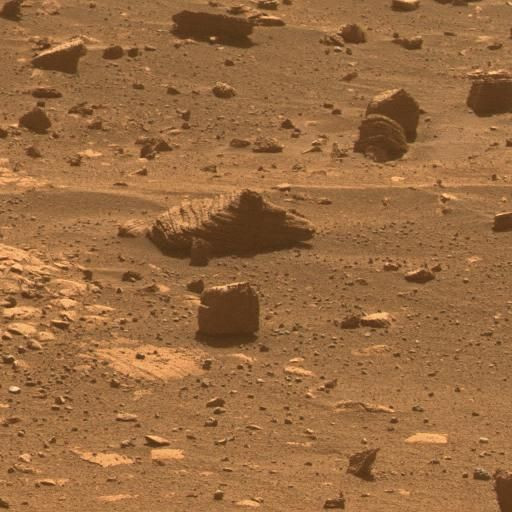NASA Photo Shows 'Alien Debris' Left On Mars Surface

NASA’s Curiosity rover has been digging up a lot of interesting things on planet Mars ever since it landed back in 2012.
For years, this spacecraft, which was supposed to operate only for around two years, has been working tirelessly up to now, giving us a very unique insight of what an alien planet can offer. The Curiosity rover has clocked in a number of milestones, all of which can play an important role in man’s ultimate plan of setting a base on Mars.
First, the rover is instrumental in determining the planet’s radiation. Curiosity helps in assessing the Martian radiation environment which eventually gives scientists better insight regarding the hazards radiation may cause on both human visitors and even Martian microbes (if they exist).
Based on earlier tests of Curiosity, the radiation on Mars is similar to what astronauts are exposed to in the International Space Station. This means that the first humans to explore the Red Planet can endure Martian radiation for long periods of time.
The Curiosity is also instrumental in discovering what could have been “alien debris” on the Red Planet. According to a CNET report, during the early diggings of Curiosity, the machine was able to stumble upon a bright, shiny object which many alien theorists believed to be parts of an alien machine that landed on Mars.
The theory turned out to be true as it was determined to be part of the Curiosity itself, considered “alien” on Mars because of its Earth origin. "Curiosity's first scooping activity appeared to go well on October 7. Subsequently, the rover team decided to refrain from using the rover's robotic arm on October 8 due to the detection of a bright object on the ground that might be a piece from the rover," NASA said during that time.
The Curiosity rover was able to discover other significant findings in time, including stumbling on some key chemical ingredients for life in the gray powder that was drilled out of a Martian rock called John Klein. The chemicals found included sulfur, nitrogen, hydrogen, oxygen, phosphorus and carbon.
Clay materials were also found in the rock debris, giving NASA scientists the earlier theories that Mars was once covered by vast bodies of water.


© Copyright IBTimes 2024. All rights reserved.











